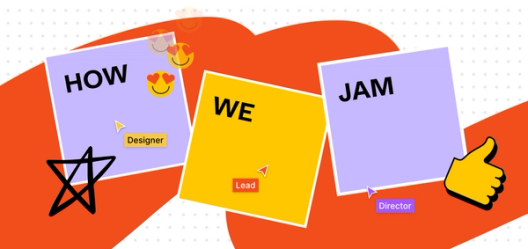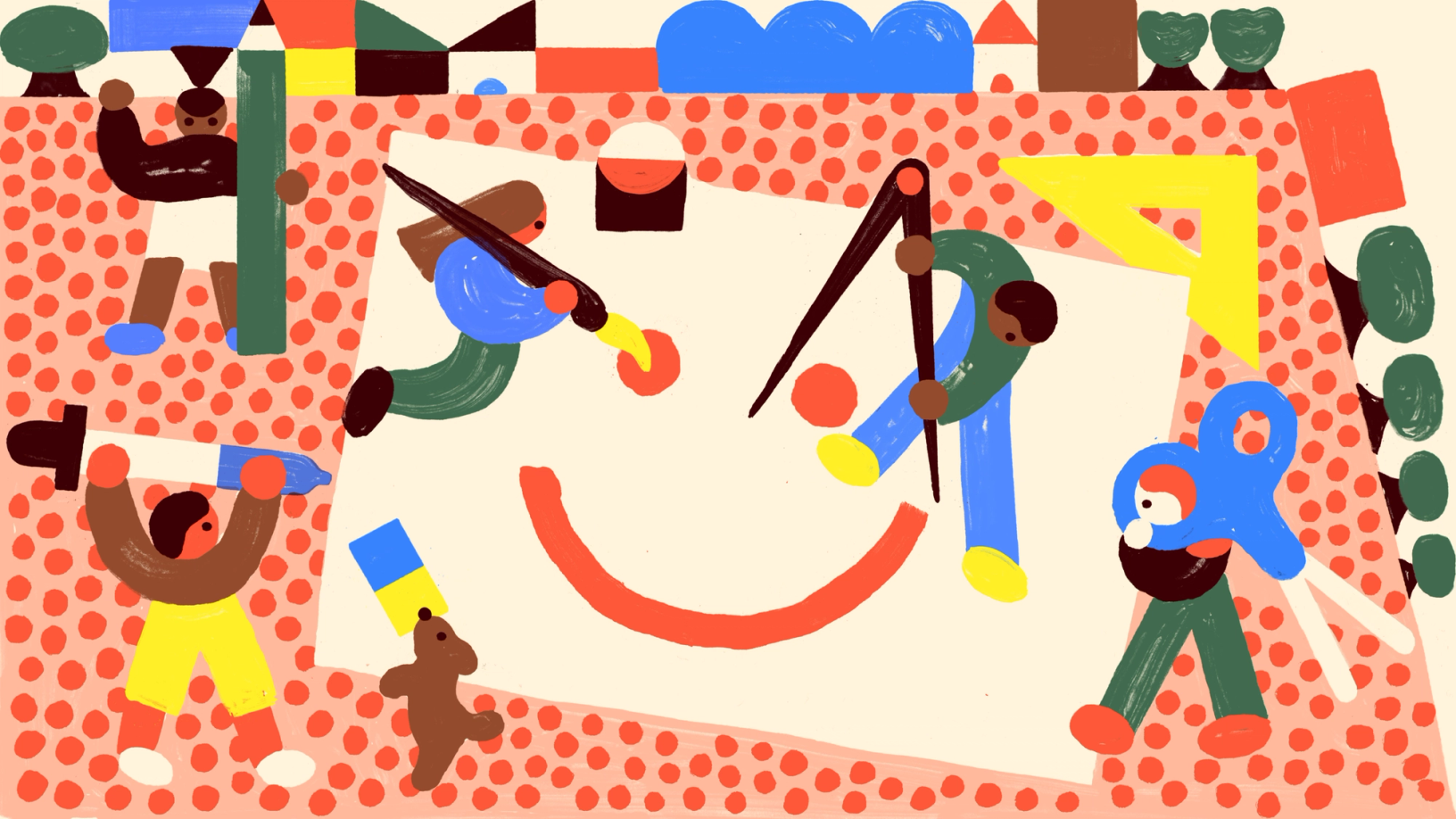
Our new report examines what it takes for designers to feel fulfilled and satisfied in their roles now that work has radically changed.
Every leader wants their team to be productive, efficient, and successful.
But more and more often, we find that the standards by which we judge “success” are changing. This is especially true for design leaders, who in recent years have found that having a proverbial seat at the table means they are uniquely poised to influence the way business gets done. However, while things like improved time to market or better return on investment are motivating metrics in the boardroom, they don’t always translate to meaningful metrics for everyone on the design team.
We wanted to dig into what designers really think about how changes in work styles have impacted relationships, productivity, and job satisfaction, so we decided to ask them.
Introducing Figma’s State of the Designer report, an in-depth analysis of how shifts in where and how we work have impacted 470 designers in Europe and the Asia–Pacific region over the past three years. We find out whether changes in work patterns have helped or hindered designers, how hybrid ways of working have impacted collaboration, and which collaborative behaviors are most linked to positive business outcomes. Most importantly, we uncover which factors make designers most happy at work.
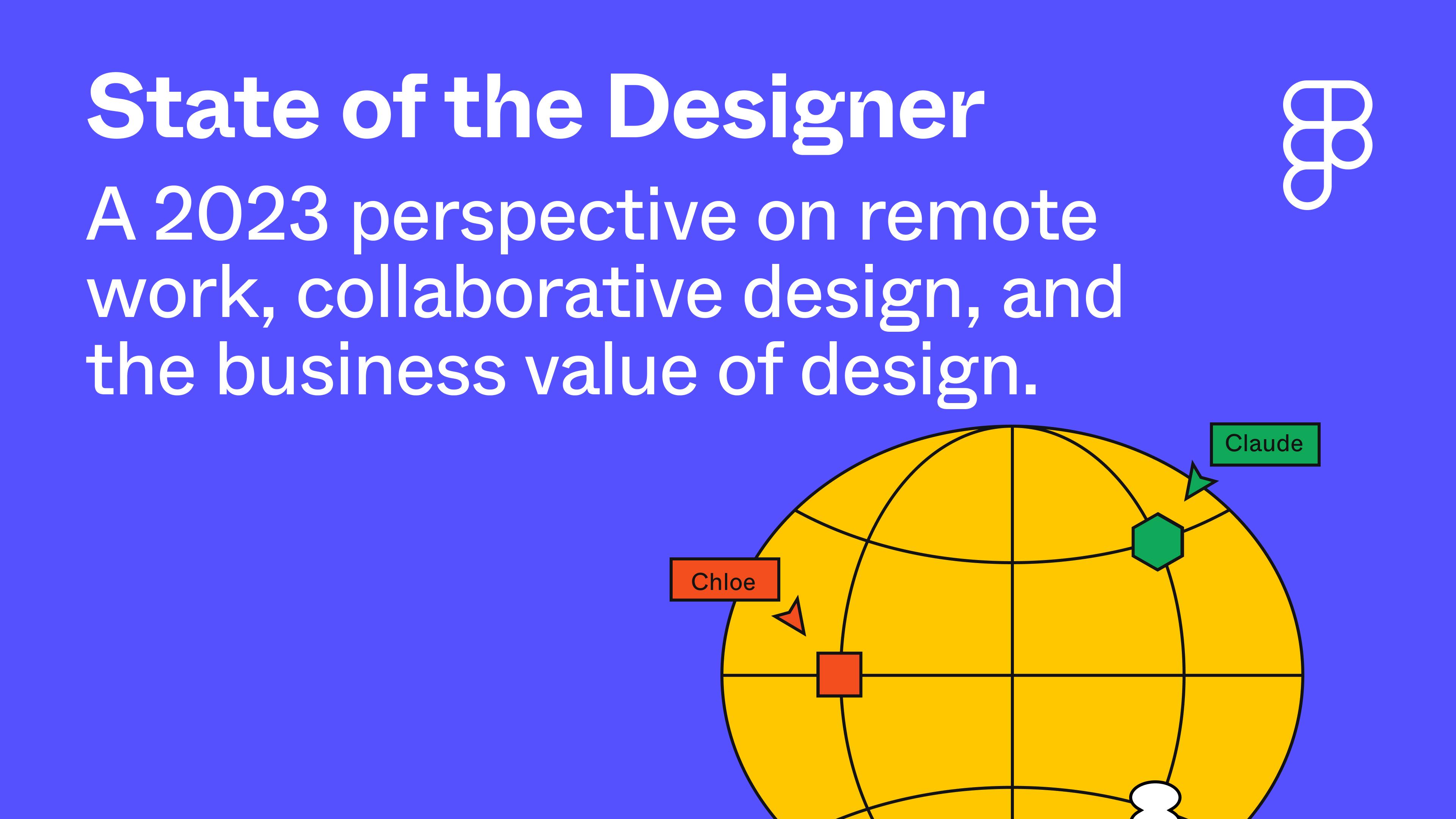
Get Figma’s State of the Designer report to discover how changing work styles have impacted designers' overall job satisfaction.
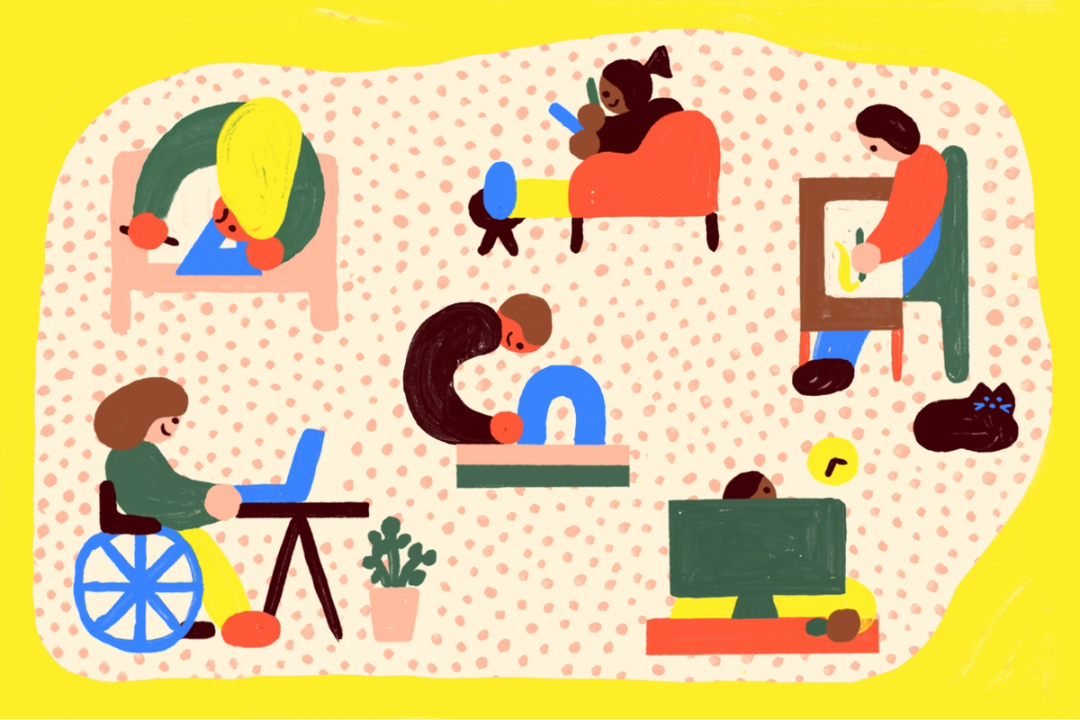
Designers are in a good place, and remote work is working
Despite the disruption and the uncertainty of the past three years, designers appear to be happier than before. Sixty-nine percent have greater job satisfaction now than they did pre-pandemic, and from all the job levels we surveyed, it’s the individual contributors who are the most positive (82%).
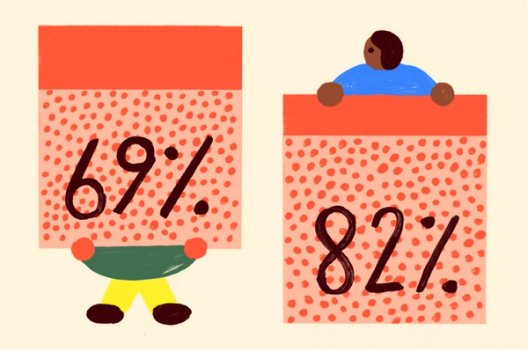
That may be because collaborative habits have changed, and designers are at the forefront of making remote work work. Designers are using group meetings to design together more and, on the whole, feel that their workflows have improved, despite the fact that they’re much more likely to be working remotely.
They’re also more positive about their job prospects—they feel more in control over where and how they work, and that they’re in a stronger position to build high-quality digital products.
The value of design is surging, and job prospects have improved
Brian Chesky on “Navigating the intersection of design and business” at Config 2023.
Nearly five times as many designers feel more positive about the profession than those who feel worse. These sentiments make sense considering that we’re seeing countless examples of leading brands putting design front and center. As Brian Chesky, CEO & Co-founder of Airbnb, told attendees at Config in June, “Design is much more than a department. It’s a way of thinking about the world.”
It’s natural for designers to feel a warm glow when they see high-profile CEOs validating their roles. And they feel particularly gratified when they see leadership and executives engaging with their work—jumping into files, providing feedback directly, and experiencing the product development process first-hand.
These are all great signals about design’s importance in an organization, and it’s influencing how designers see their roles evolving too—69% said their employment options had “improved” or “greatly improved.”
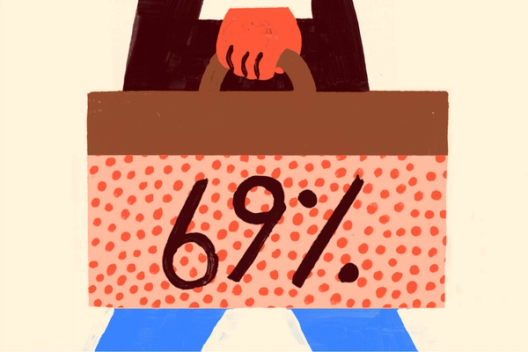
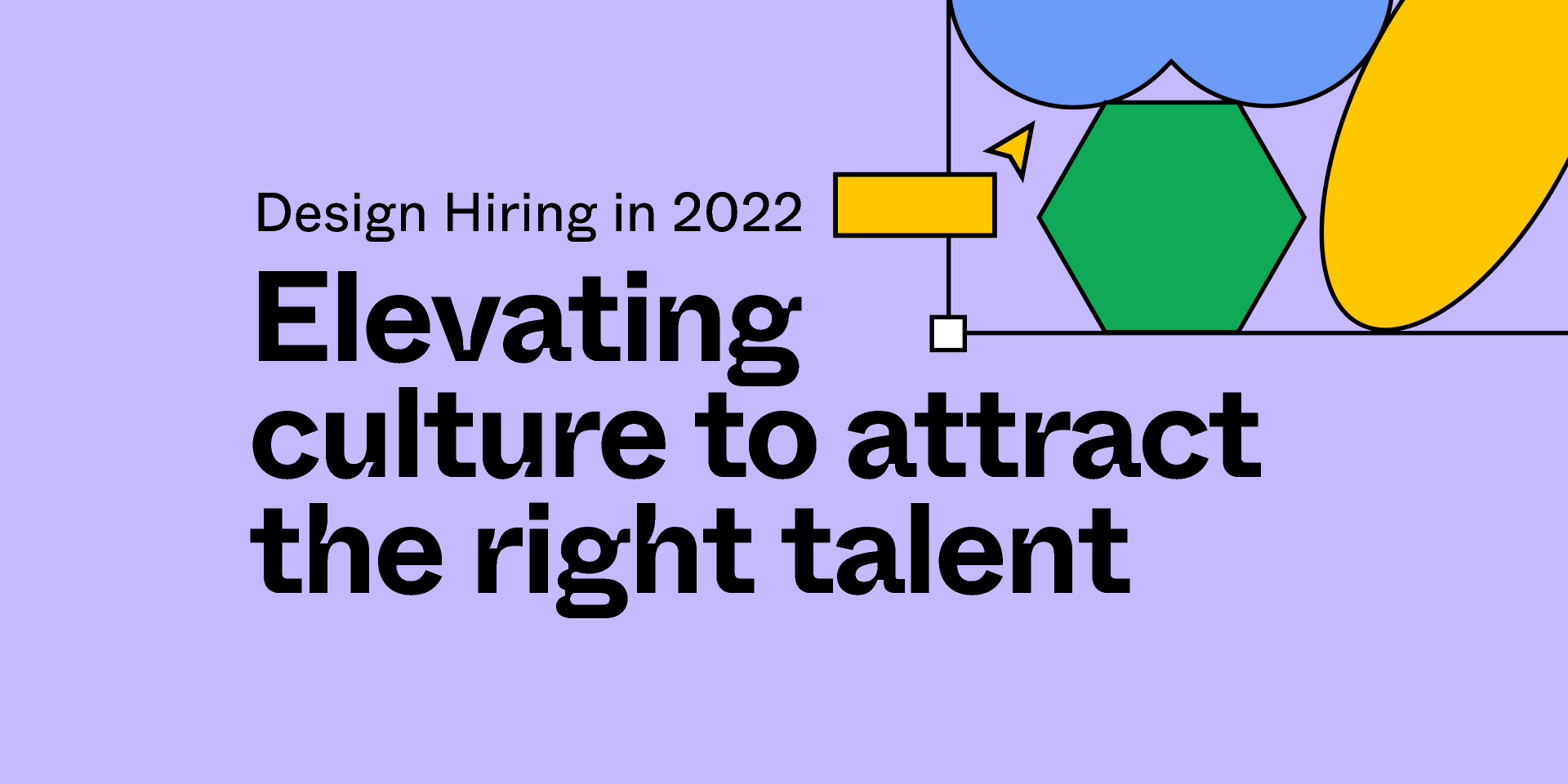
Our Design Hiring in 2022 explores ways in which companies and managers can elevate their design culture to attract the right talent.
Figma’s Design Hiring report from 2022 shared a similarly positive view—across most industries, hiring managers told us they expected to hire more designers over the next 12 months. Financial services, media, retail, healthcare, manufacturing…everywhere, we were seeing businesses looking to grow their teams.
What we couldn’t have anticipated when we fielded that survey was that economic uncertainty was about to give way to the realities of a downturn. And yet despite many businesses laying off designers in 2022, particularly in high-growth sectors like tech, designers in 2023 are still positive about the job market, according to our research.
So, improved job prospects, greater job satisfaction, and a feel-good factor about design. It’s all pretty positive stuff, right?
Designers are happier, but…
Winding up and cooling down with playful prompts, such as Stripe’s prompt for their team to draw their Starbucks order, or Shopify's exercise where they draw a logo from verbal instructions, can be a way for teams to let loose together and get to know each other better.
While designers are generally more positive about things, there’s a growing sense of disconnect. Thirty-eight percent felt more distant from their co-workers, compared with 14% who felt closer.
This highlights an essential truth: While remote work has brought many positive changes, it has also introduced new challenges. As one designer lamented, “I miss sitting down and discussing things with colleagues from other departments and getting some unexpected insights in the process.”
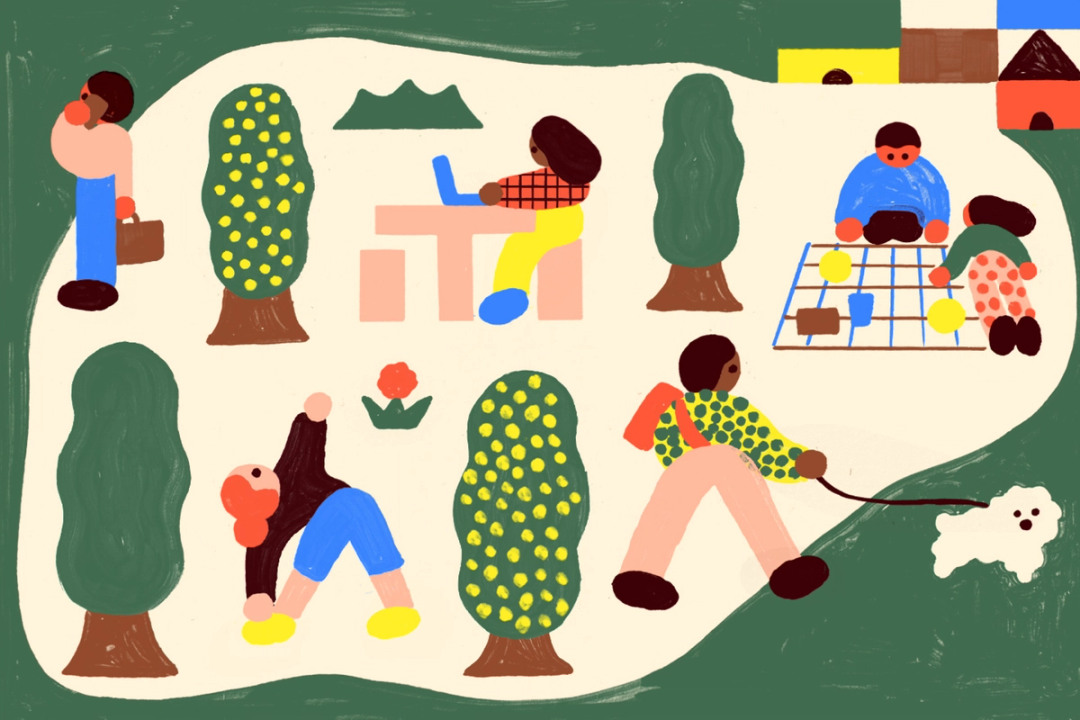
So, how can we address the fact that remote work can make connecting harder? A key ingredient could be making work about more than just work: injecting a dose of fun and humanity into the mix, and not judging the state of a designer only by the business metrics they’re helping drive. Being “happy” at work is likely to contribute to those things anyway.
Three years on from lockdowns that changed the way we work, what is it that makes you happy? Moving forward and making progress at work can be about more than creating better products; it can be about creating a healthier way of working.

Get Figma’s State of the Designer report to discover how product designers have responded to evolutions in working patterns, relationships, and collaboration tools.
Illustrations by Laura Simonati





